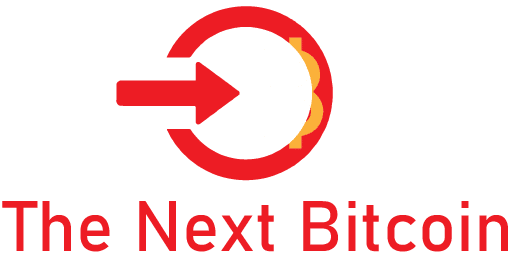Vitalik Buterin, Ethereum’s co-founder, expressed caution about the network’s readiness for a full transition to rollup-centric scaling solutions, despite the rapid growth of Layer 2 projects, in a recent blog post on October 31.
Vitalik Buterin Sheds Light on Ethereum’s Layer-2 Progress and Challenges
Vitalik Buterin, Ethereum’s co-founder, recently shared his perspective on the progressive expansion and complexity of Ethereum’s layer-2 ecosystem. On October 31st, Buterin’s blog post examined the multifaceted strategies being deployed to escalate the Ethereum network’s capacity without sacrificing its security and user-friendliness.
The past year has seen a remarkable surge in the development of layer-2 solutions, such as EVM-compatible rollups, with projects like Arbitrum, Optimism, and Scroll leading the charge in refining the network’s scalability and security.
Alongside these are quasi-EVMs such as zkSync, novel extensions like Arbitrum Stylus, and more expansive projects including Starknet and Fuel, all contributing to the ecosystem’s growth.
Buterin highlighted an emerging trend: the layer-2 field’s growing diversity. He anticipates this diversification to persist, propelled by various factors. Notably, certain layer-1 blockchain projects are seeking closer ties with Ethereum, aiming to evolve into layer-2 solutions.
On Ethereum’s Layer-2 Rollup Transition
Buterin emphasized the need for a measured approach to integrating rollups. The blog post cautioned against an abrupt, wholesale shift to rollup-centric architecture, noting that the current state of technology would likely lead to reduced usability.
Buterin advocates for a progressive transition, warning that moving too quickly could undermine user experience, while delaying too much might forfeit the network’s competitive edge.
His analysis also touched on centralized entities turning to blockchain to bolster security without committing to full decentralization.
For such projects, immediate adoption of rollups doesn’t align with their high-performance demands and tailored requirements, suggesting a need for intermediary solutions in the blockchain landscape.
Buterin Outlines a Balanced Path for Ethereum’s Layer-2 Development
In his continued analysis of Ethereum’s layer-2 strategies, Buterin acknowledges the diverse needs of non-financial applications like gaming and social media on the blockchain. These applications value decentralization but may prioritize it differently across their various components.
High-value operations such as username registrations could be secured on a rollup, whereas lower-stakes actions like posting or voting could use less robust security measures.
Highlighting the concern of affordability, Buterin points out that while current Ethereum users might tolerate higher fees, newcomers from outside the blockchain space could be deterred by such costs.
This balance of security, cost, and usability is pivotal as Ethereum anticipates “proto-dank sharding” in its forthcoming hard fork, a step expected to enhance data availability and overall network performance. These developments mark an ongoing commitment to scalability and innovation within the Ethereum ecosystem.

